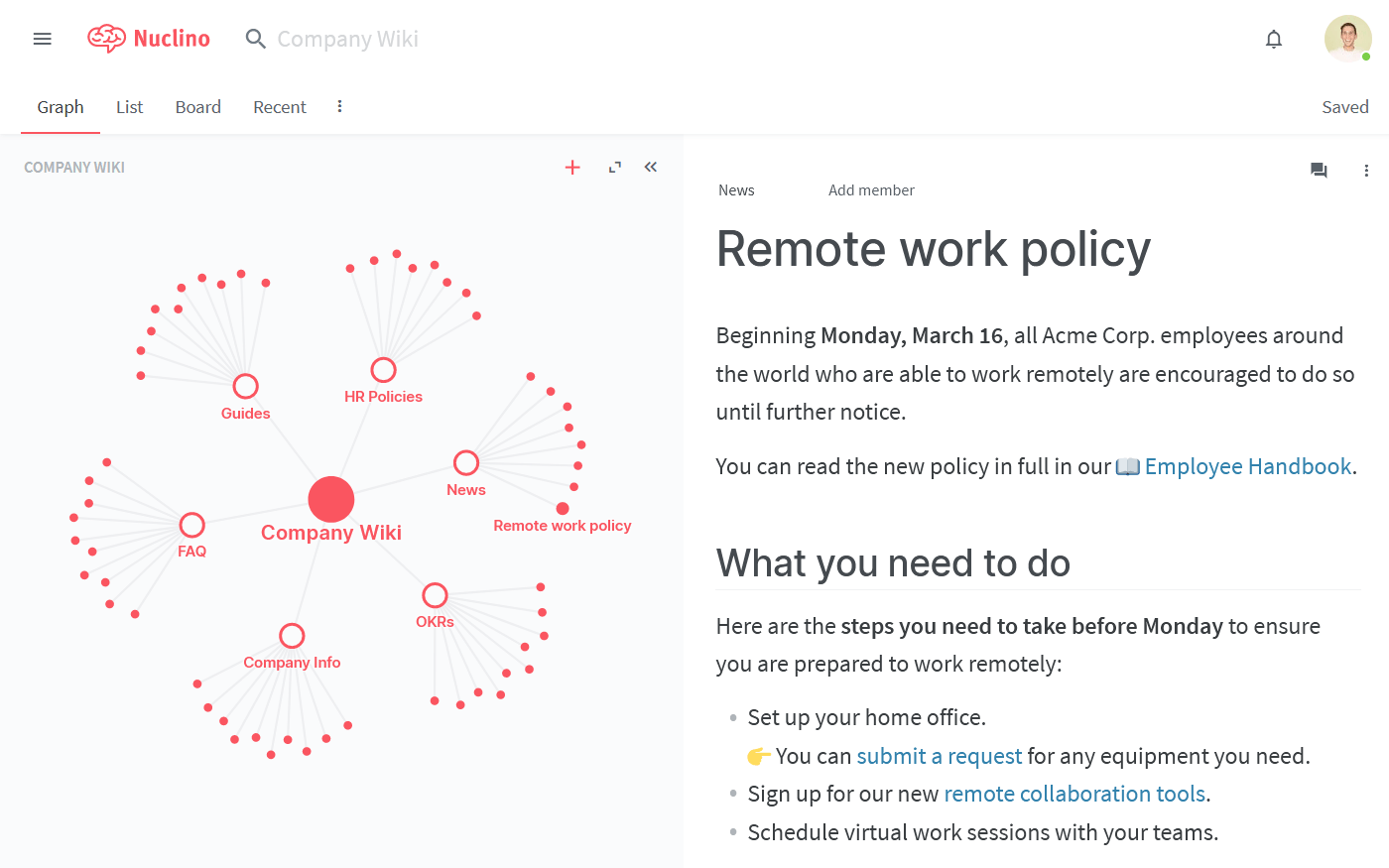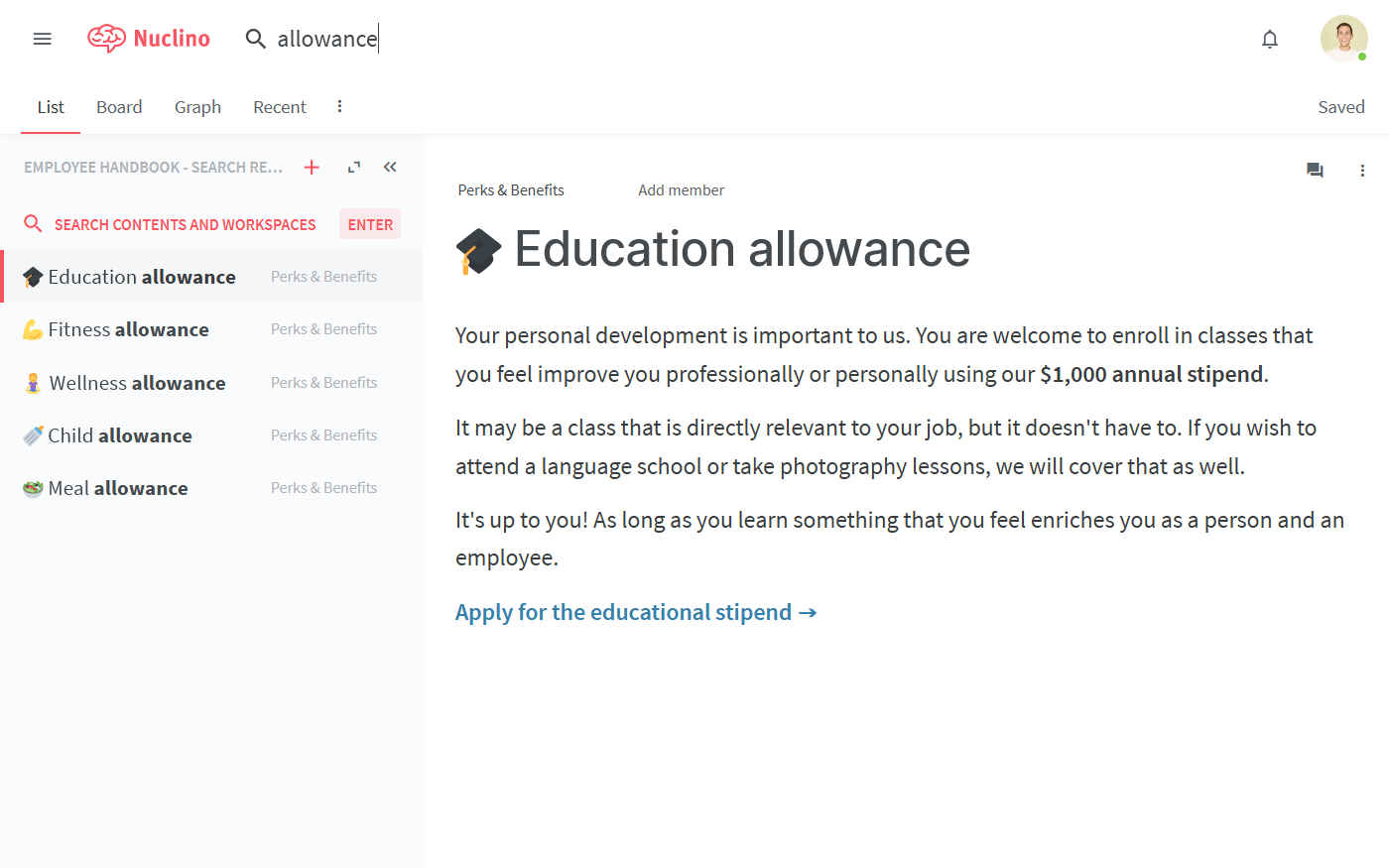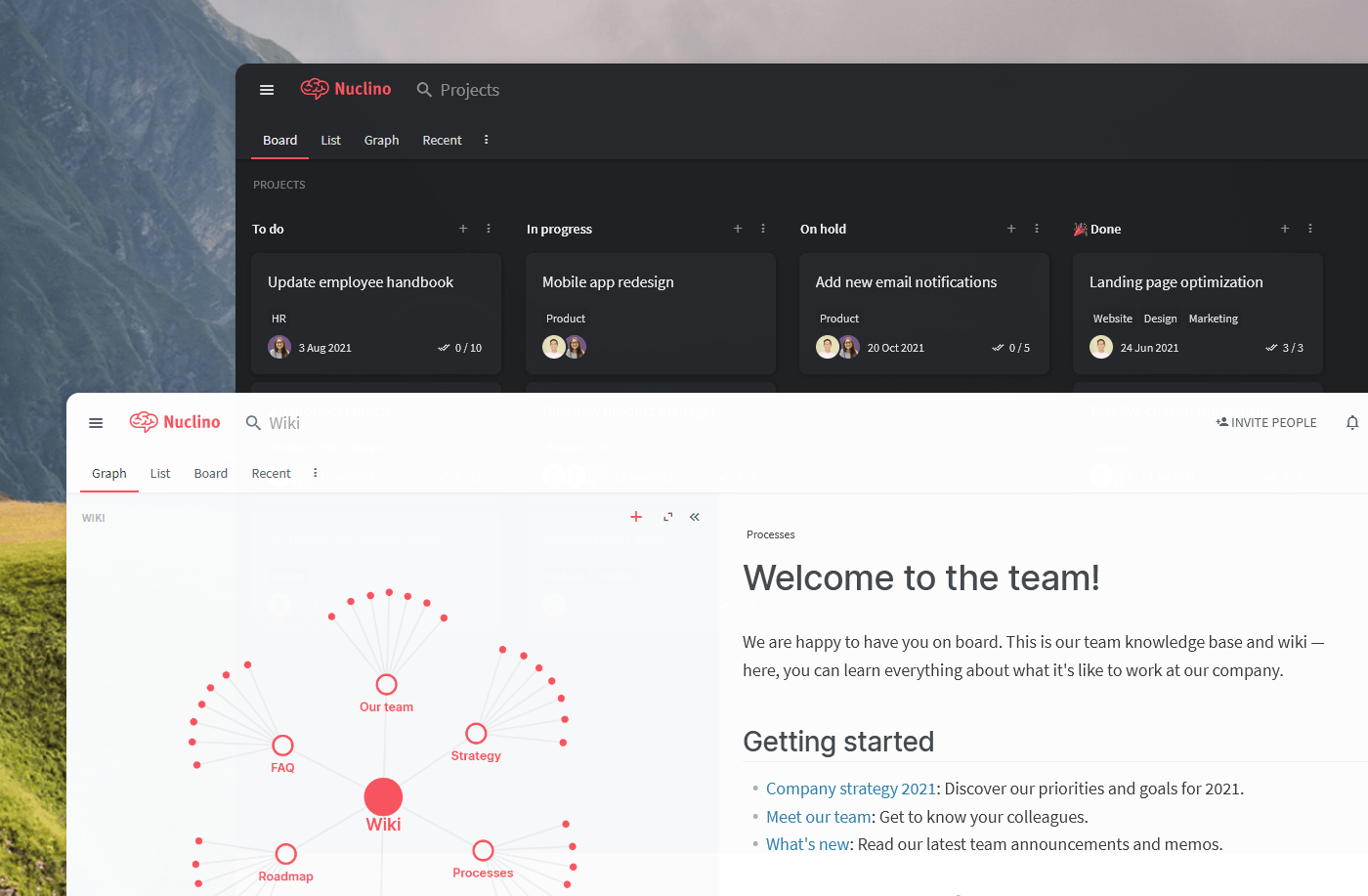Managing Virtual Teams: Strategies & Best Practices
Empower your team to stay aligned, no matter where they are.
"Are they actually working or doing laundry and watching Netflix all day?"
"Is our company culture getting disrupted?"
"Are we on the same page about this issue?"
If you are managing a virtual team, these are likely some of the concerns you may be having.
Remote work is no longer a niche trend – virtual teams have been on the rise for years, and studies indicate that they are here to stay. According to the State of Remote Work 2019 report by Buffer, 99% of remote workers would like to continue working remotely at least some of the time for the rest of their careers.
Matthew Hollingsworth, the Director of Operations at We Work Remotely, says, “We truly believe now is the time for remote work to become the norm. We see hundreds of thousands of qualified people come to WWR each month looking for remote work and have seen the companies that embrace it leading the way in attracting the best talent.”
However, managing virtual teams comes with a set of challenges that can lead to serious problems if not addressed early on. Let's dive deeper into what virtual teams are and how they can be managed effectively.
- What is a virtual team?
- Benefits of working as a virtual team
- Challenges of managing virtual teams
- Tips for virtual teamwork
What is a virtual team?
A virtual team (also referred to as a distributed or remote team) is a group of teammates working from separate locations and time zones. Working from home, virtual office space, or a shared coworking space, virtual teams rely on remote collaboration tools to stay aligned and maintain team cohesion.
According to one study by Upwork, 63% of companies today have remote workers, and their number is likely to continue increasing. Today, Automattic, Zapier, Buffer, and GitLab are successful as 100% virtual teams, and more and more companies are following their lead.

Remote work policy example in a company wiki (created in Nuclino)
Benefits of working as a virtual team
The appeal of working as a virtual team is easy to understand. Here are just some of the advantages that remote working can bring:
Flexibility. Not having to stick to a strict schedule in a permanent workplace, the employees could maintain a better work-life balance, staying more engaged, healthy, and satisfied with their jobs. Your team members get to set their own schedule, choosing to work at the time they are most productive. They have a life outside of work and don't have to deal with burnout.
Increased productivity. No more time wasted on commuting. No more noise-canceling headphones and struggling to focus in a loud open-plan office. A home office setup that includes everything an employee may need to be productive and comfortable, such as a spacious corner desk or an ergonomic chair. One study found that 51% of employees feel more productive when working as a virtual team.
Lower costs. For companies, the savings come in the form of less money spent on office space, equipment, electricity, cleaning services, and so on. For employees, working as a virtual team means spending less on transportation, food, childcare, and more. According to Inc. Magazine, for an average employee, these savings add up to $2,000-$7,000 per year.
Access to global talent. You no longer have to limit your search for talent to local professionals or those willing to relocate. By offering remote job opportunities, your company can tap into a much wider talent pool and hire only the best and the brightest from all over the world.
Higher employee retention. Today, a growing number of companies are using their remote work options as a lucrative perk that attracts top talent. Flexible work environment means higher job satisfaction, which in turn leads to lower employee turnover.
And yet, despite all of these benefits, we have recently seen large companies like Yahoo and IBM walk back their remote work policies. Managing virtual teams is a challenging task and many remain unconvinced that the benefits of embracing remote work outweigh the risks.
Challenges of managing virtual teams
Successfully managing virtual teams comes with a unique set of challenges and overcoming them takes time, practice, and patience. Some of the hurdles you will likely face include:
Communication. Clear, direct, and effective communication is the cornerstone of successful team collaboration. In an office, if someone isn’t responding to an email, it’s easy enough to stop by their desk and get what you need. In virtual teams, communication is often less frequent, especially if the team is spread across time zones, making it necessary to be much more organized about how we communicate.
Trust. In an environment where face-to-face interactions are rare, establishing trust between the manager and the employee is not an easy task. If you are managing virtual teams, you do not have the option to simply pop your head out of your office and check up on your employees. You need to learn to build a mutually trusting relationship with them without micromanaging.
Productivity. While studies show that virtual teams tend to be more productive than co-located ones, this is not always the case. If some of the employees have not worked remotely before, they may struggle to keep their work organized.
Company culture. There is a lot more to company culture than a physical office space. But sharing that space can make the task of building that culture a lot easier. If you are managing a virtual team, some members may never even get to meet each other, making it difficult to develop shared goals and values.
Onboarding. Bringing new members to the team and getting them up to speed is already hard as it is. When you are working with a remote team, it becomes even more challenging because your new teammates can't learn by observing their colleagues in the office.
Yet none of these are impossible to tackle with the right managerial approach.
Tips for virtual teamwork
All these challenges can be overcome by doubling down on the fundamentals of good management – establishing clear goals, running great meetings, communicating clearly, and leveraging team members' individual and collective strengths.
Here are the basic best practices for making this happen:
Find the right communication and collaboration tools
Managing virtual teams is impossible without technology, and fortunately, you have a lot of solutions to choose from. Approach this decision carefully and make sure the combination of remote work tools you select really does make your job easier. After all, the more tools your virtual team has to manage and keep track of, the more time they have to spend not doing meaningful work.
Here is a list of popular options for you to consider:
Chat: Slack, Twist
Document collaboration: Nuclino, Google Docs
Video conferencing: Slack, Google Meet
Project management: Trello, Asana
Scheduling: Calendly, Doodle
Design collaboration: Figma, Marvel
Remote access tools: TeamViewer, AnyDesk
Beyond these tools, there are many other options available, including digital whiteboards, mind mapping tools, password managers, remote desktop monitoring apps, and more. Ultimately, the right combination of remote work tools for your virtual team will depend on your specific needs and workflows.
Create a centralized knowledge base
Working as a virtual team means that you can't simply tap on your colleague's shoulder each time you have a question. Sure, you can always send them a Slack message, but if the issue is blocking you, having to wait for a reply may slow down the entire team. Instead, you may want to try and empower your team to find answers on their own by creating a knowledge management system, such as an internal wiki or an intranet portal.
Let it be your virtual team's single source of truth, the first place they check when they have a question. You can use it to share your employee handbook, information on operating procedures and workflows, your brand guidelines, release checklists, FAQs, and more.
Crowdsource it and encourage your entire team to contribute and keep it up-to-date. Investing in such a knowledge base early on can save you a lot of effort down the road, making it easier to onboard new members and avoid repetitive questions.

An example of an internal wiki in Nuclino
Hire the right people
While this tip may be obvious, the way you evaluate your candidates changes when you are hiring for your virtual team. If the person will work remotely full time, clear and effective communication becomes the most critical skill. Some people may be exceptionally qualified, yet struggle when working remotely.
Try to arrange several rounds of interviews via multiple mediums to see how well they communicate through writing, on calls, and face-to-face. Make sure to be transparent and give your candidates a glimpse into your company culture to help them determine if it’s a good fit from their perspective as well.
Create a remote onboarding process
Just because your team is remote, doesn't mean you should skip the hands-on onboarding process and expect them to be independent from the start. Make sure that remote employees have sufficient guidance by creating a new employee onboarding checklist for them, assigning them a mentor, and adding them to your company knowledge base.
Establish a shared goal and ensure accountability
It is vitally important that your virtual team has a shared goal and a common understanding of how progress will be measured and how results will be evaluated.
It can take many forms, starting with your company vision and mission, followed by your yearly and quarterly business goals, and finally your team's specific objectives each month or week. Establishing perfect clarity on these is one of the first things a manager needs to do when managing a virtual team.
With virtual teams, it’s inherently more difficult to establish accountability, because there is no easy way to observe engagement and productivity. Address this by setting clear expectations for each role and having regular check-ins and status updates. These status updates can be communicated asynchronously, using a document collaboration tool such as Nuclino.
Don't try to micromanage but get your remote team members to commit to specific deliverables and timelines, with milestones that can be easily tracked.

An example of a sales team status update in Nuclino
In the end, none of the challenges of managing a virtual team are impossible to overcome. The trick is to get strategic about the tools at your disposal and ensure your leadership team is prepared. “Managing virtual teams can be challenging, but addressing those challenges head-on is worth the effort,” says Julie Wilson, the founder of the Institute for Future Learning and instructor at Harvard University.
Nuclino: Your team's collective brain

Nuclino brings all your team's knowledge, docs, and projects together in one place. It's a modern, simple, and blazingly fast way to collaborate, without the chaos of files and folders, context switching, or silos.
Create a central knowledge base and give your team a single source of truth.
Collaborate in real time or asynchronously and spend less time in meetings.
Manage and document your projects in one place without losing context.
Organize, sort, and filter all kinds of data with ease.
Integrate the tools you love, like Slack, Google Drive, Figma, Lucidchart, and more.
Ready to get started?
